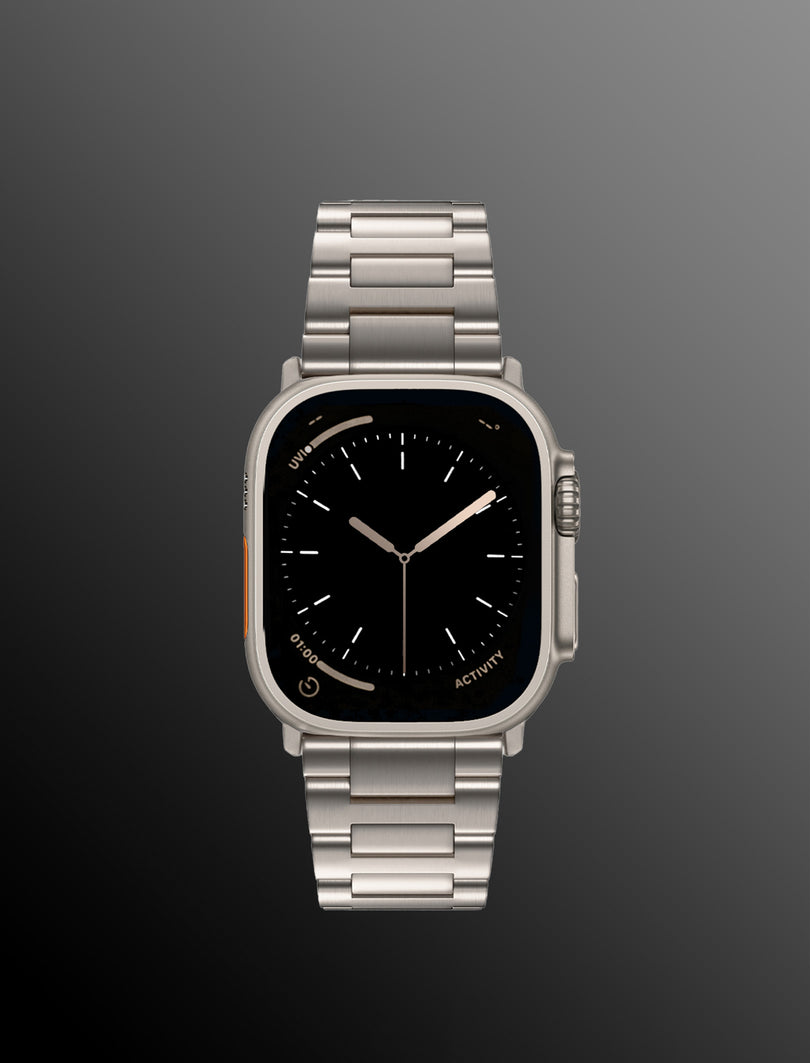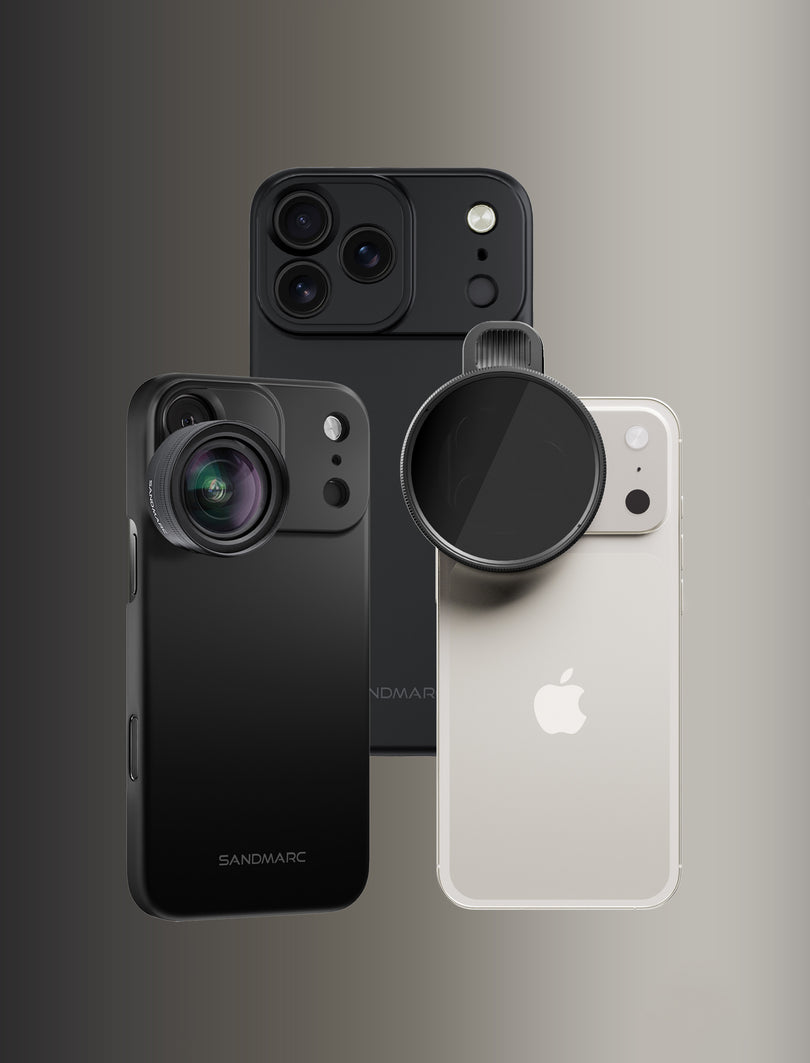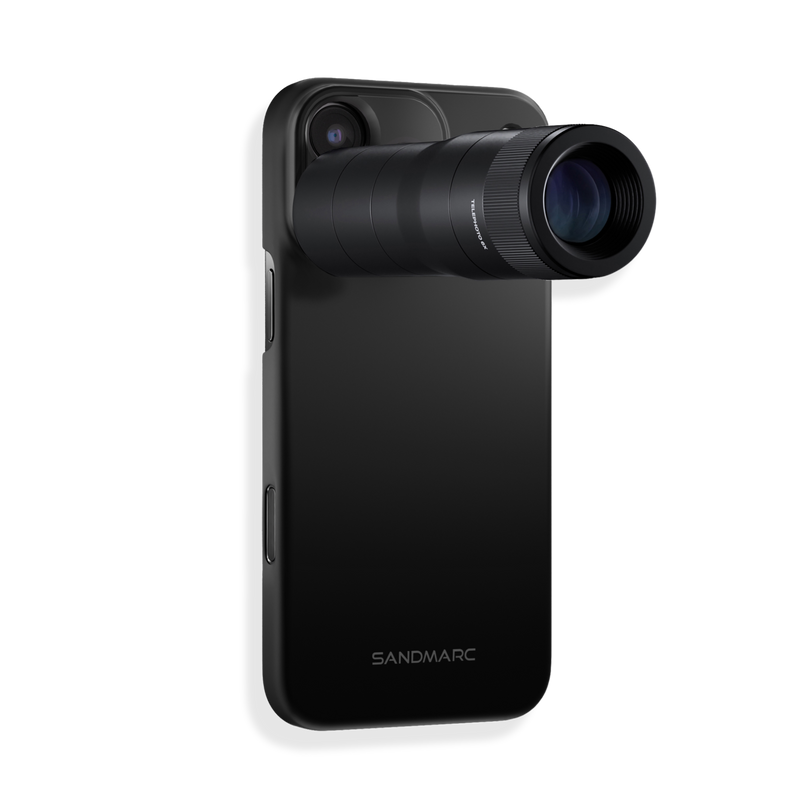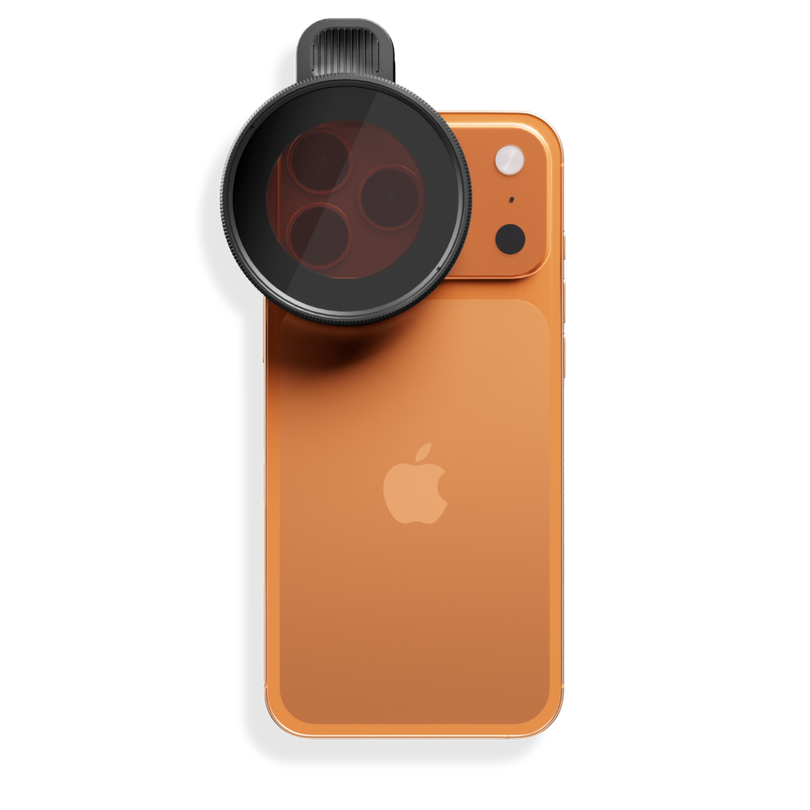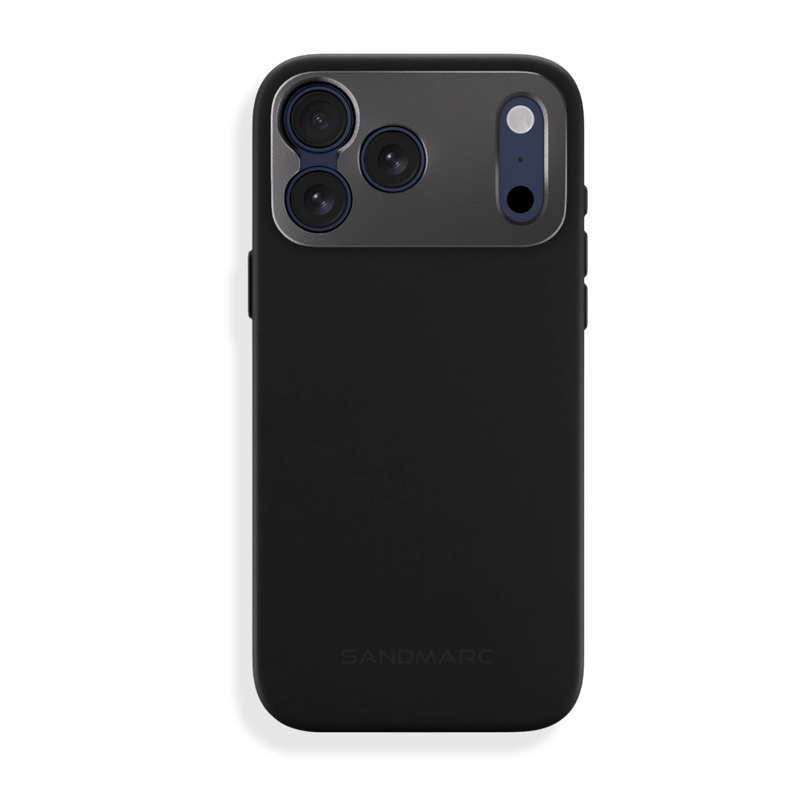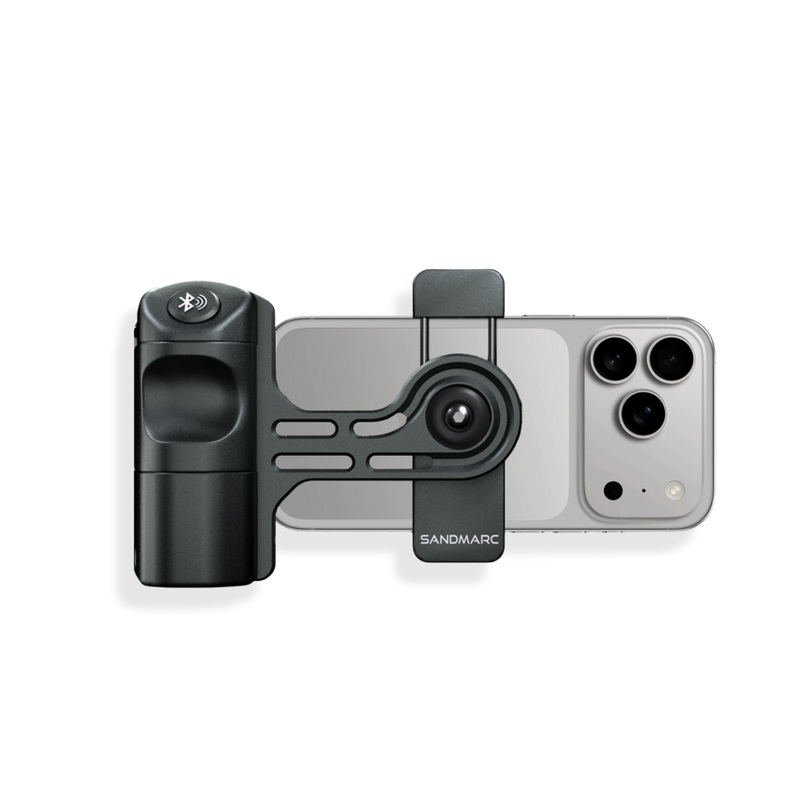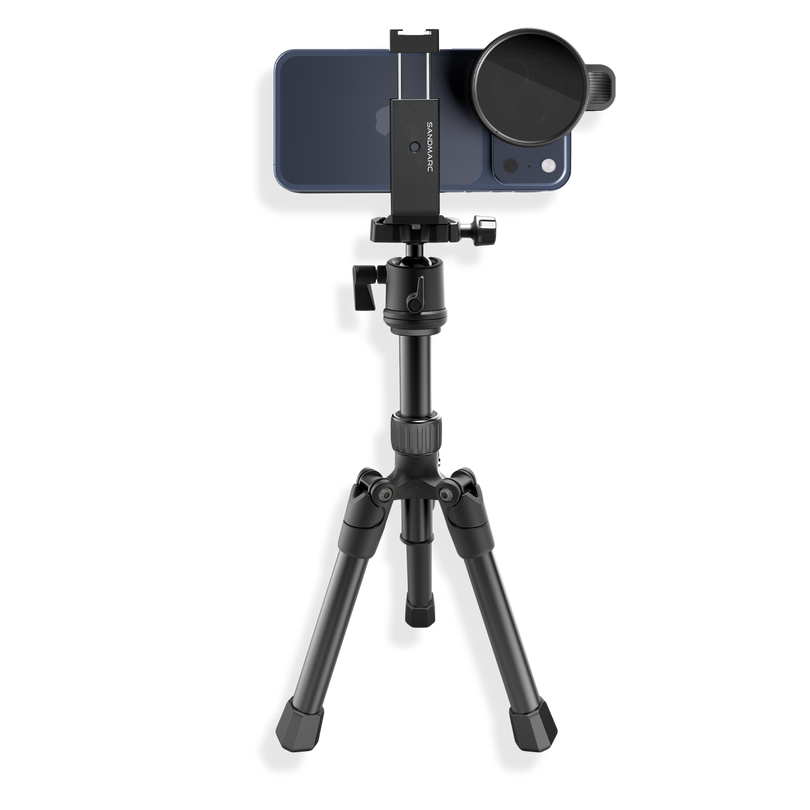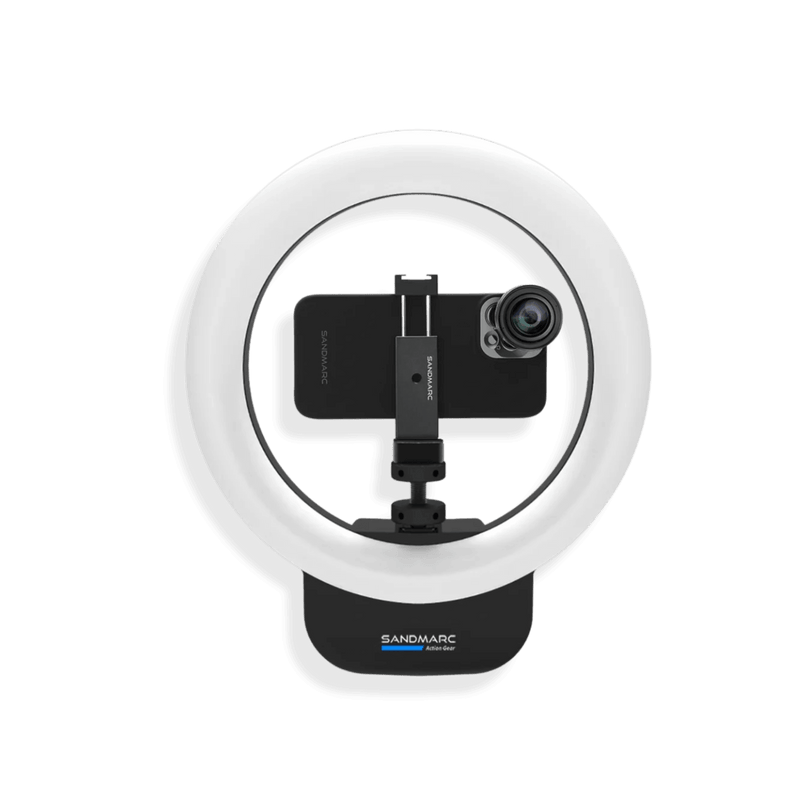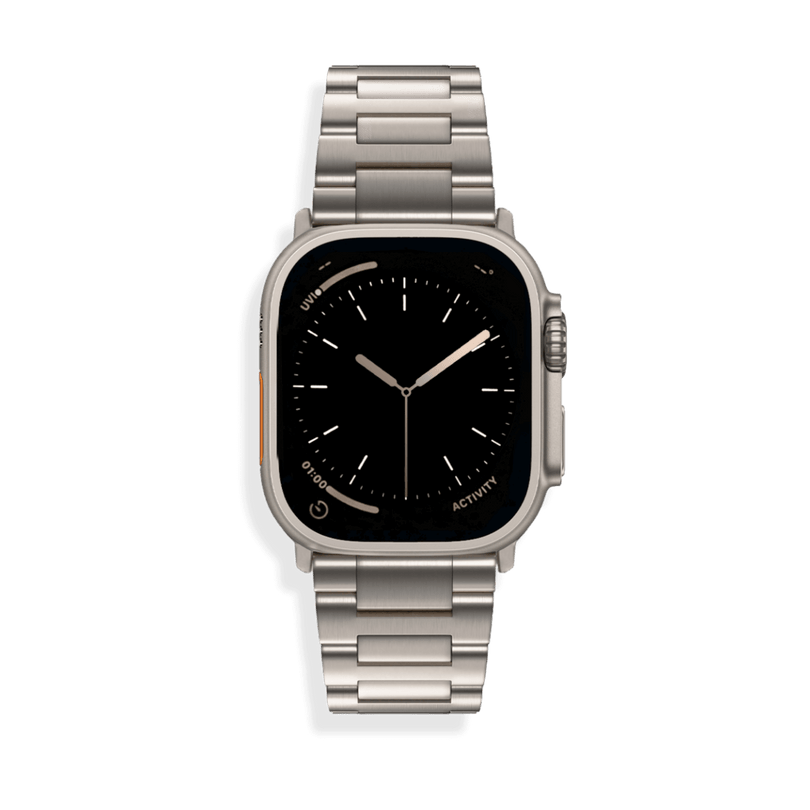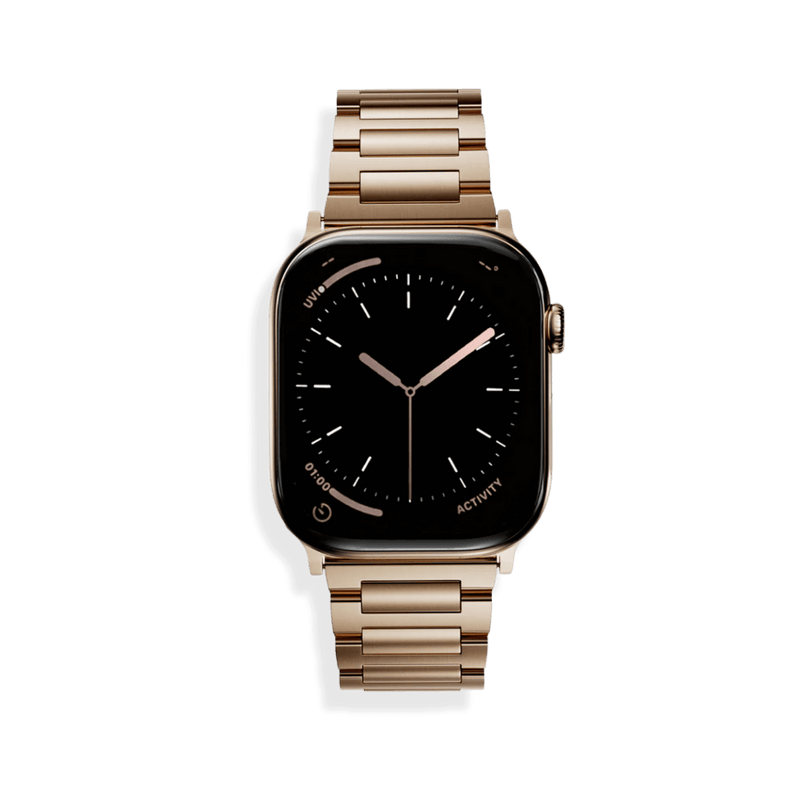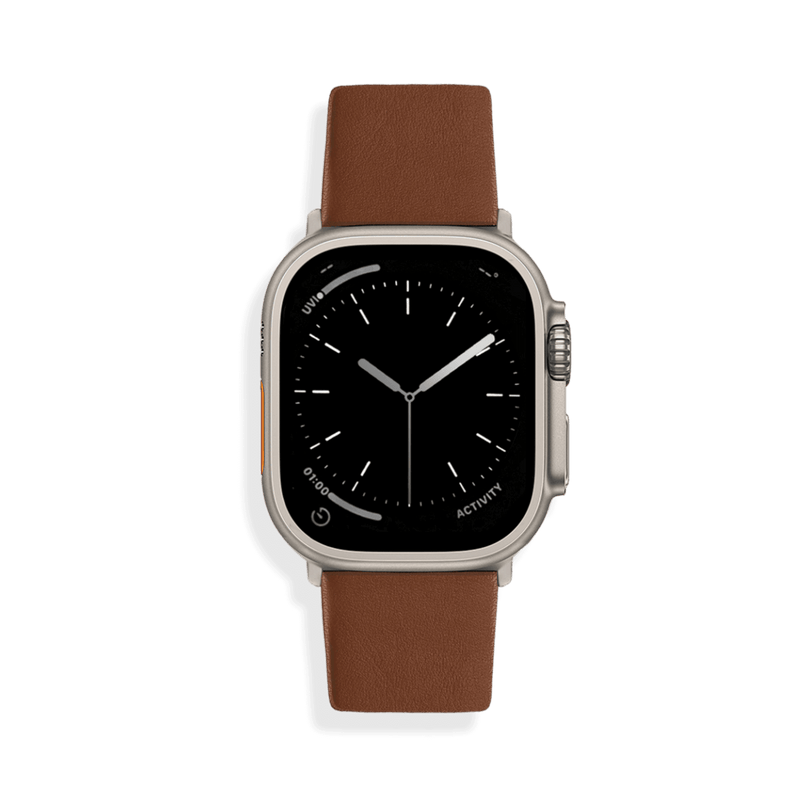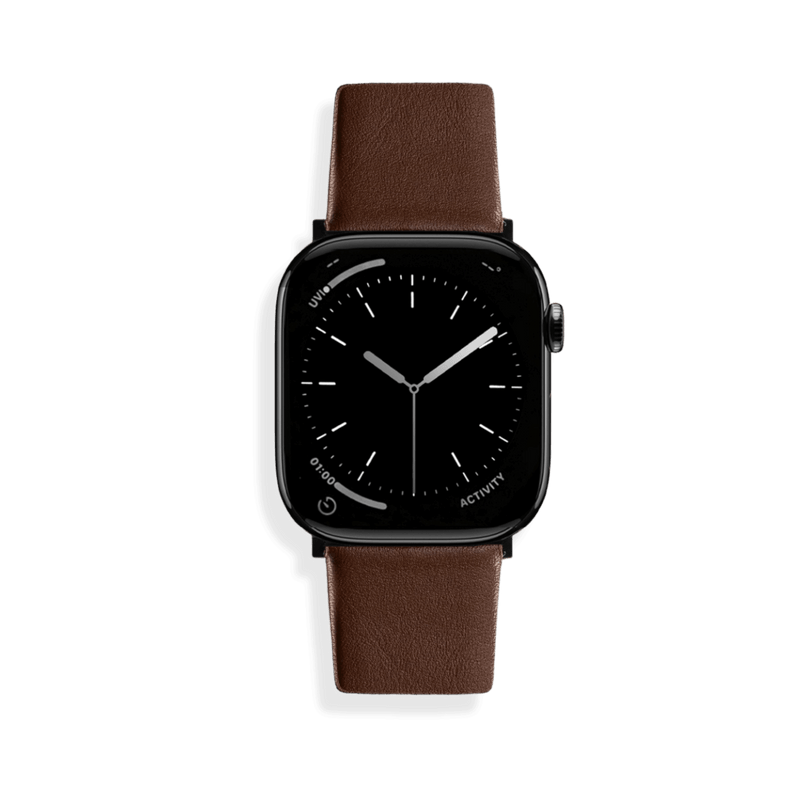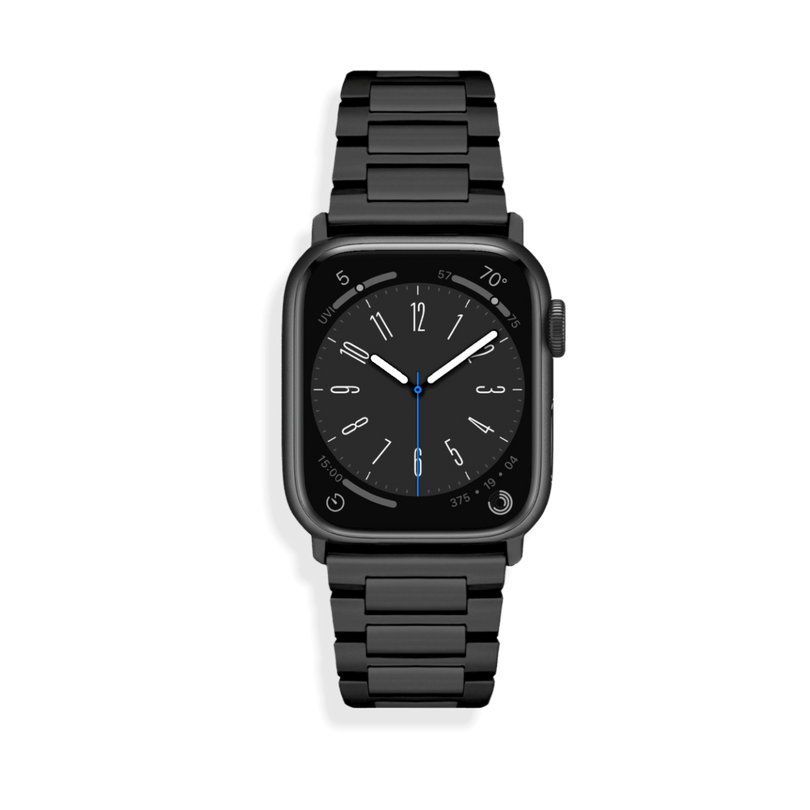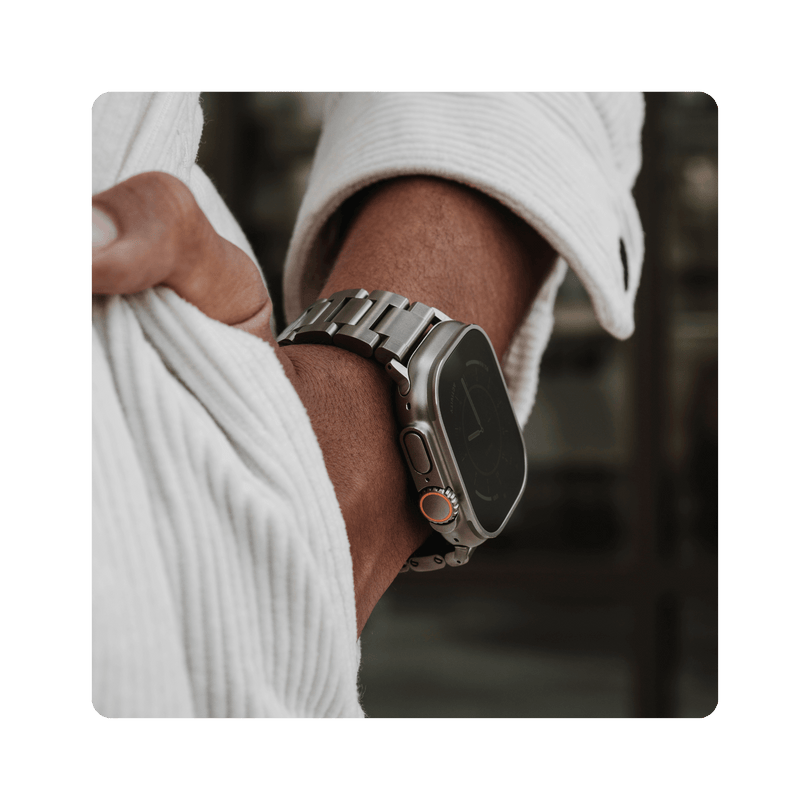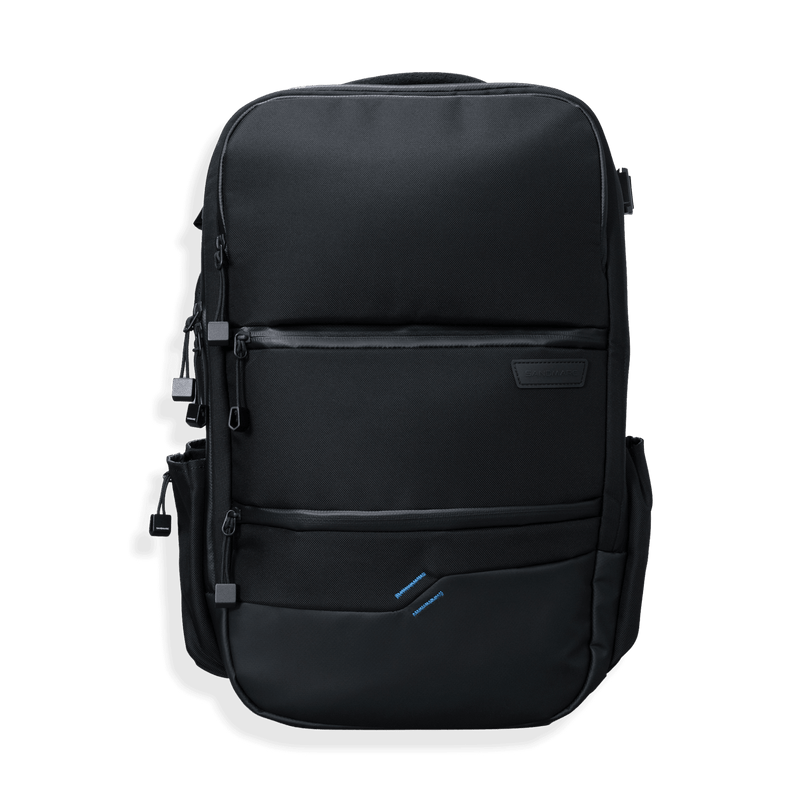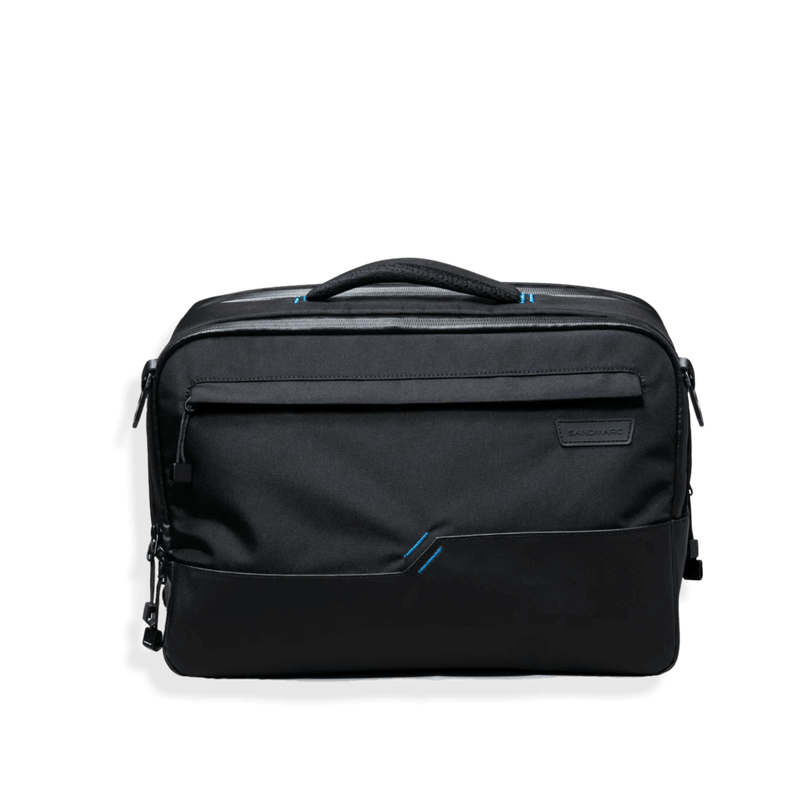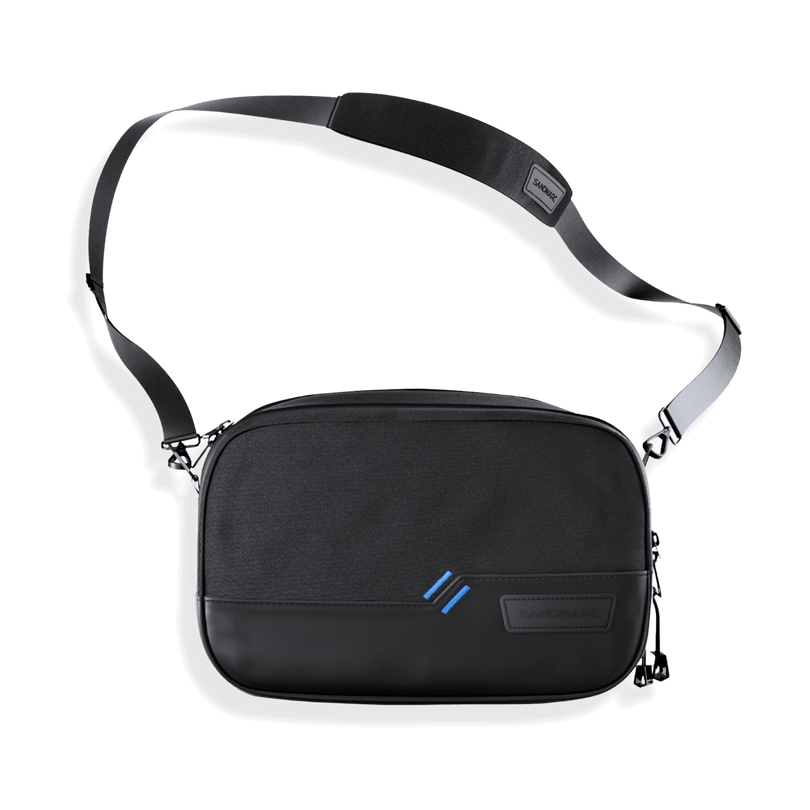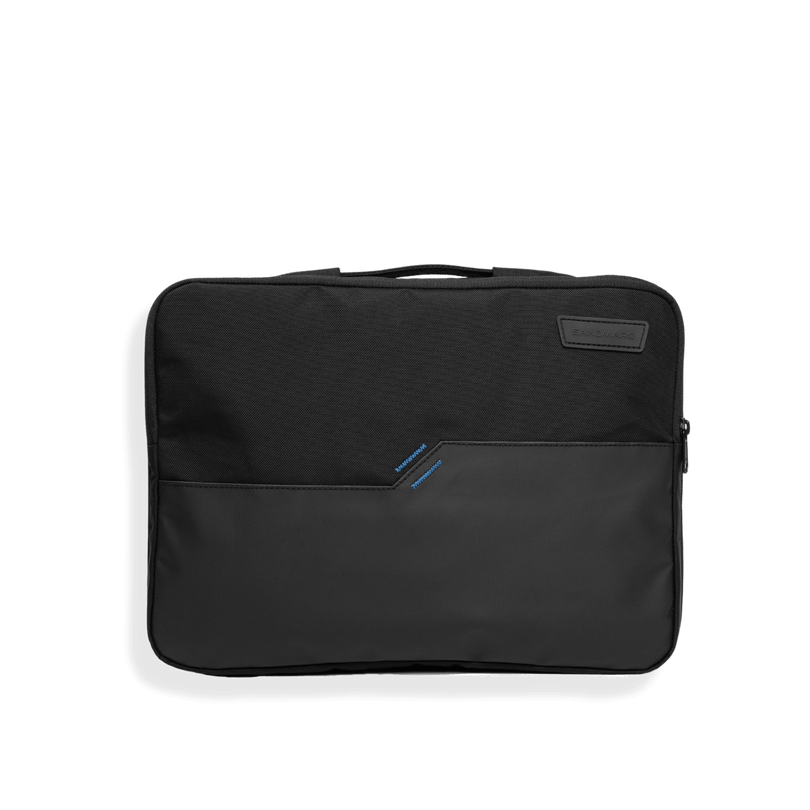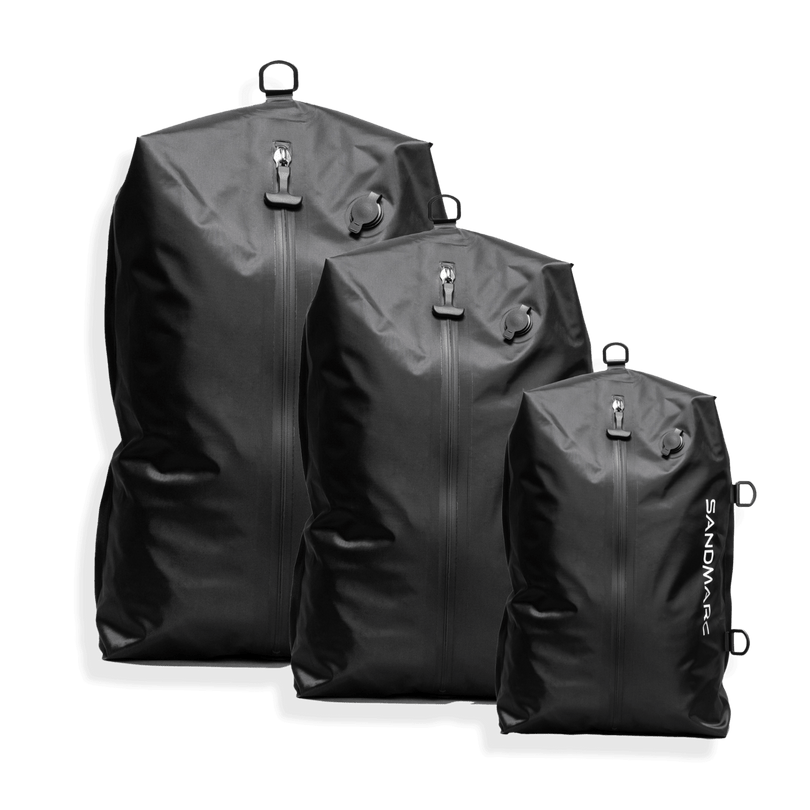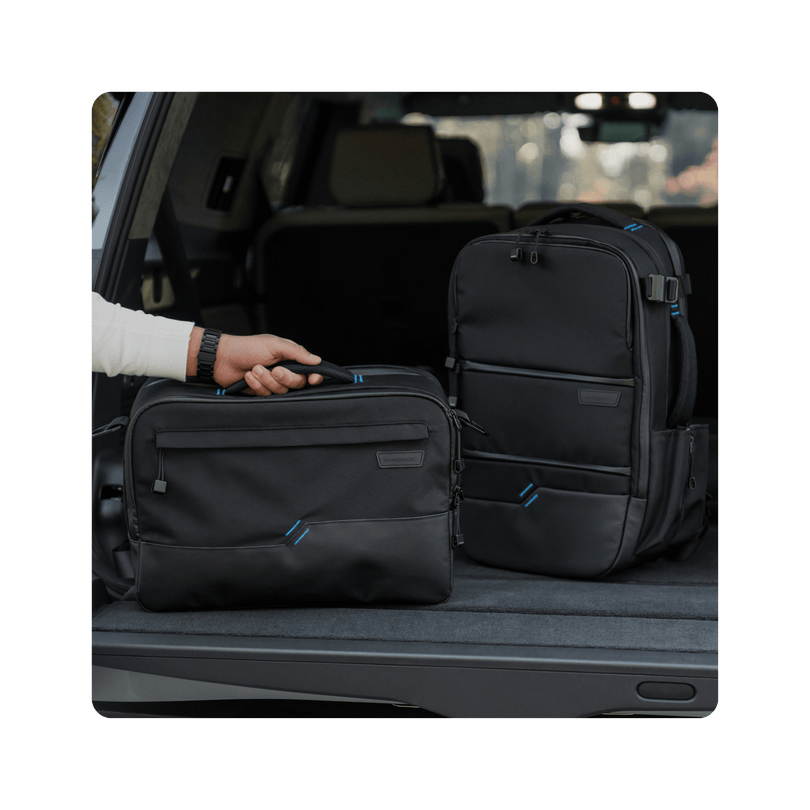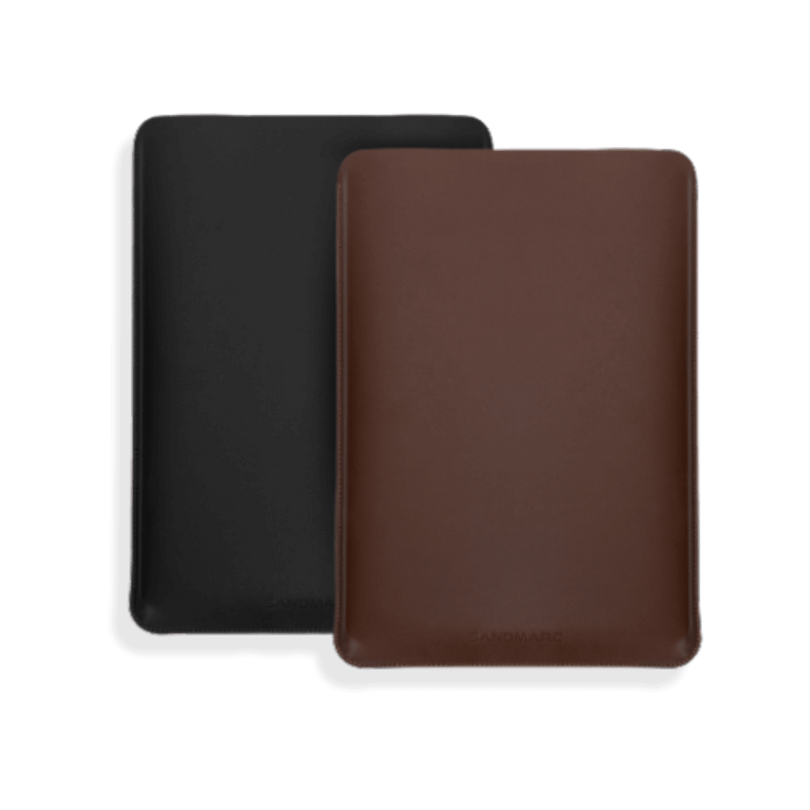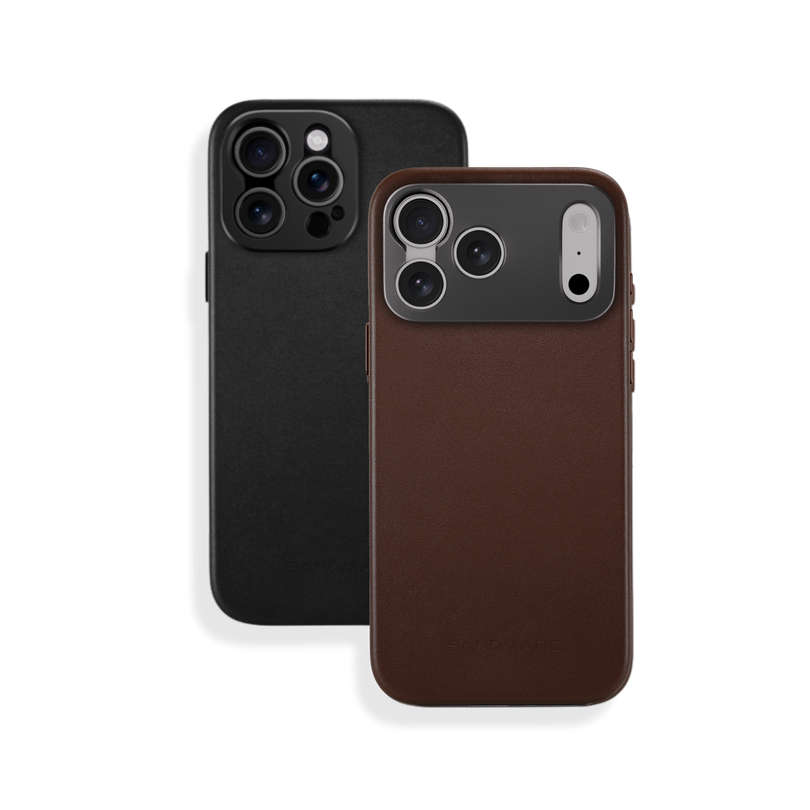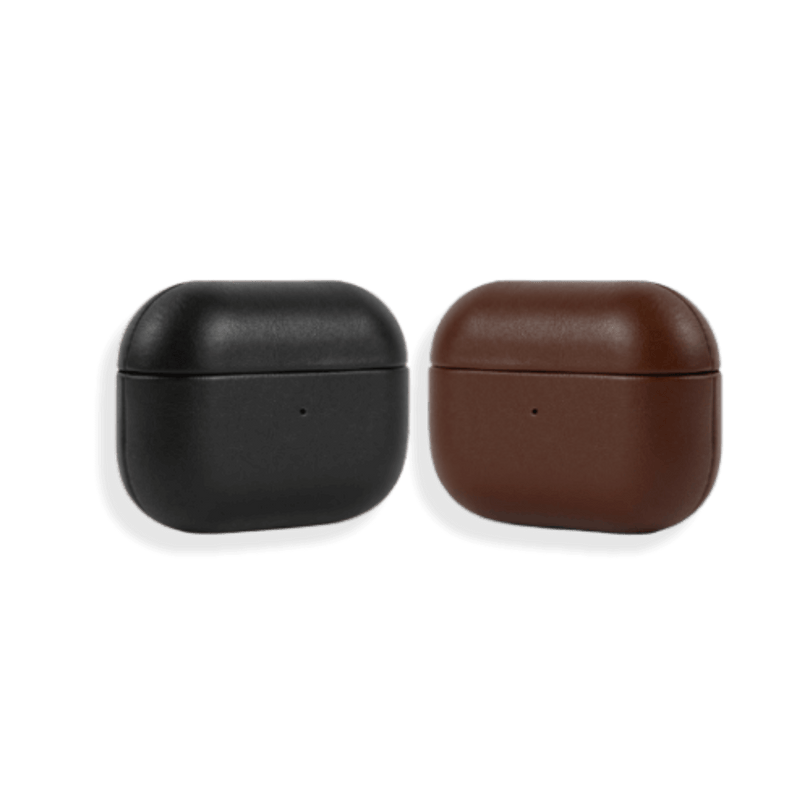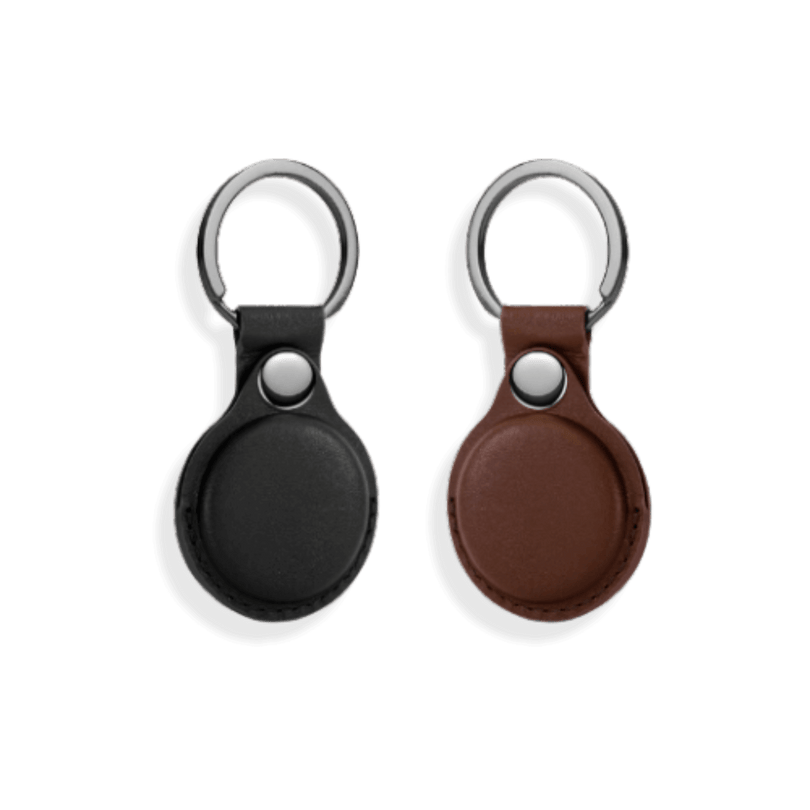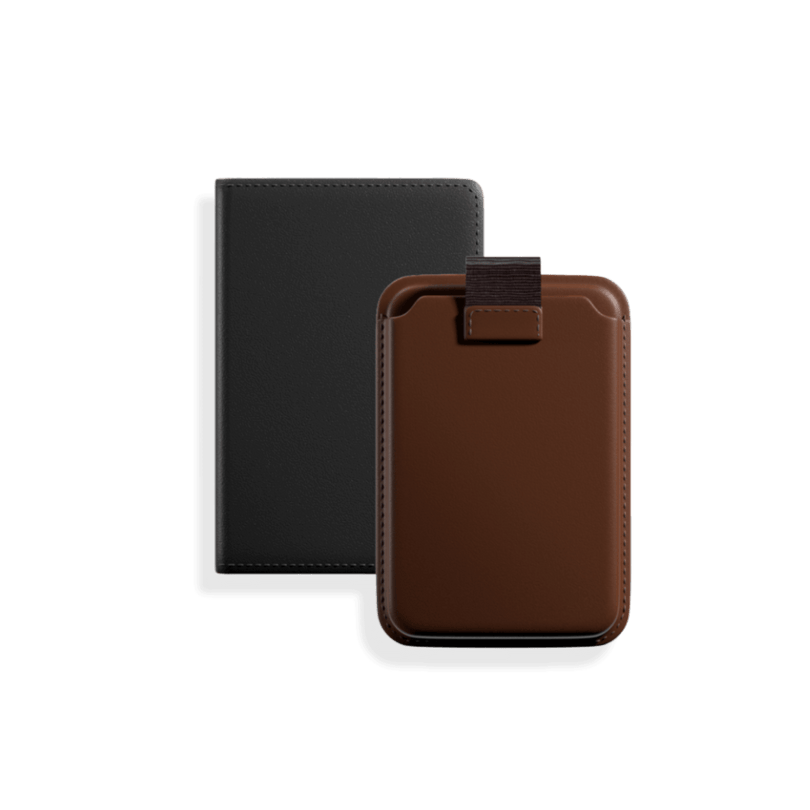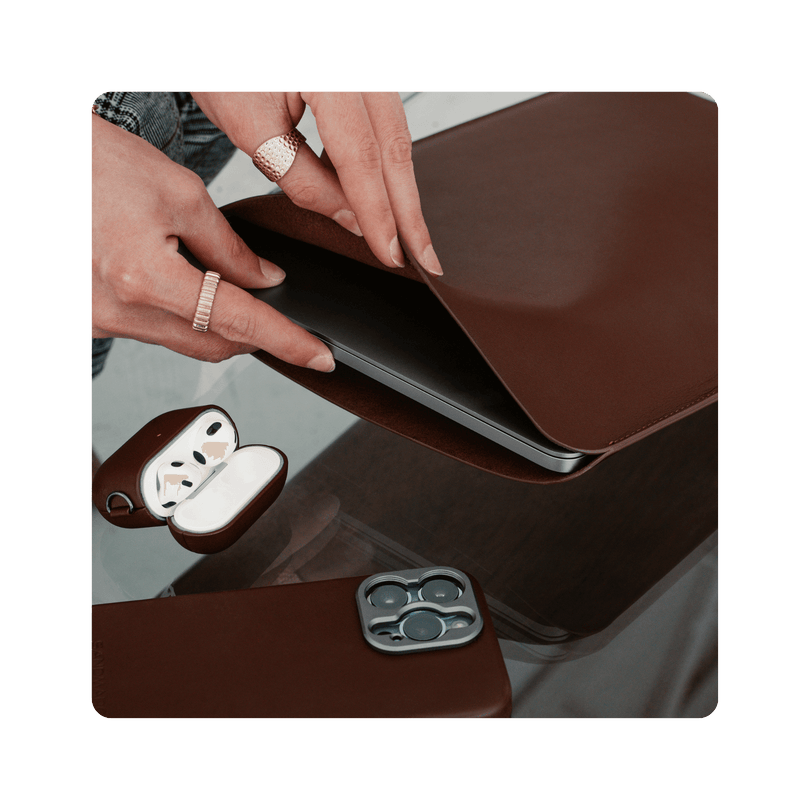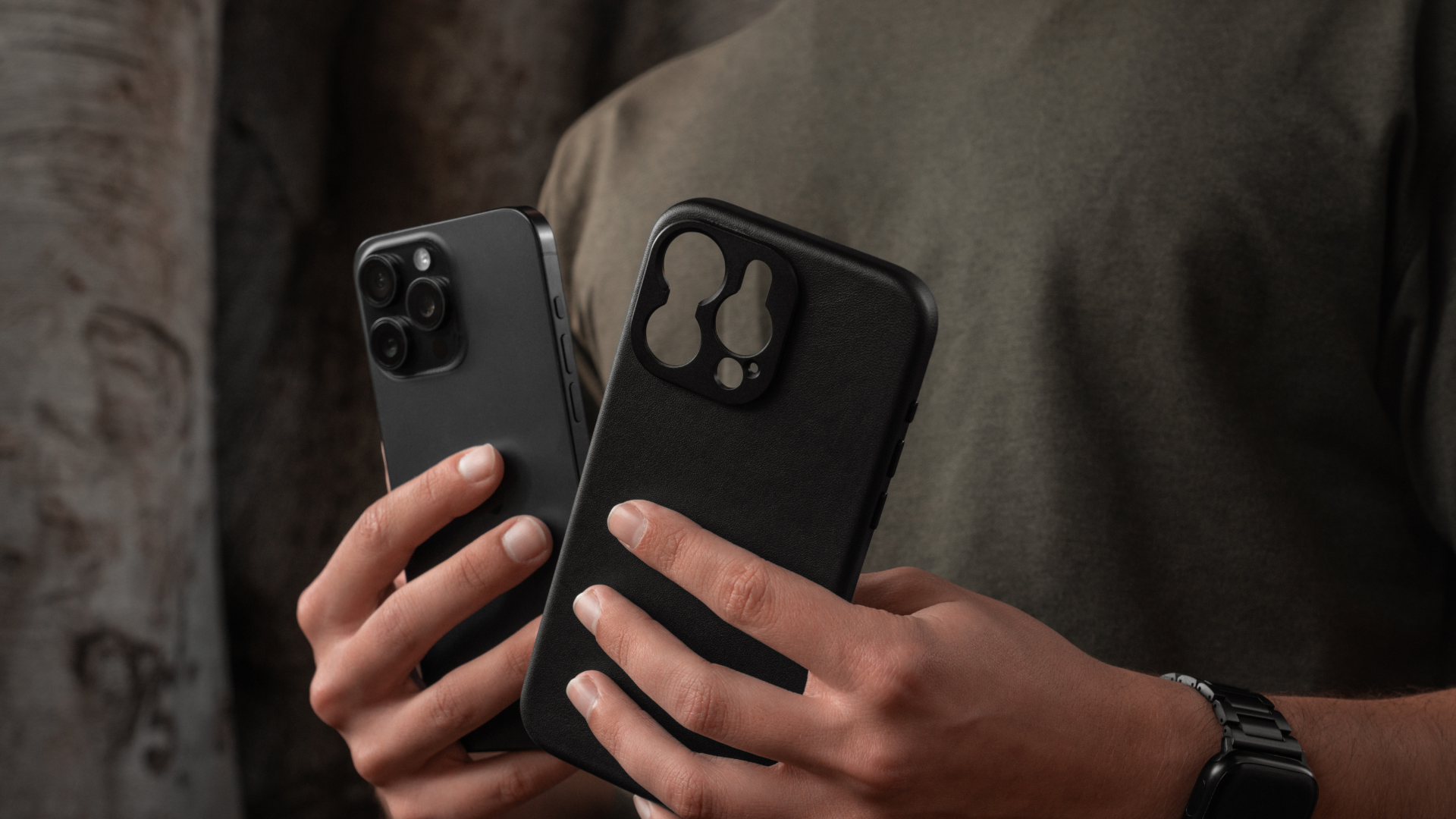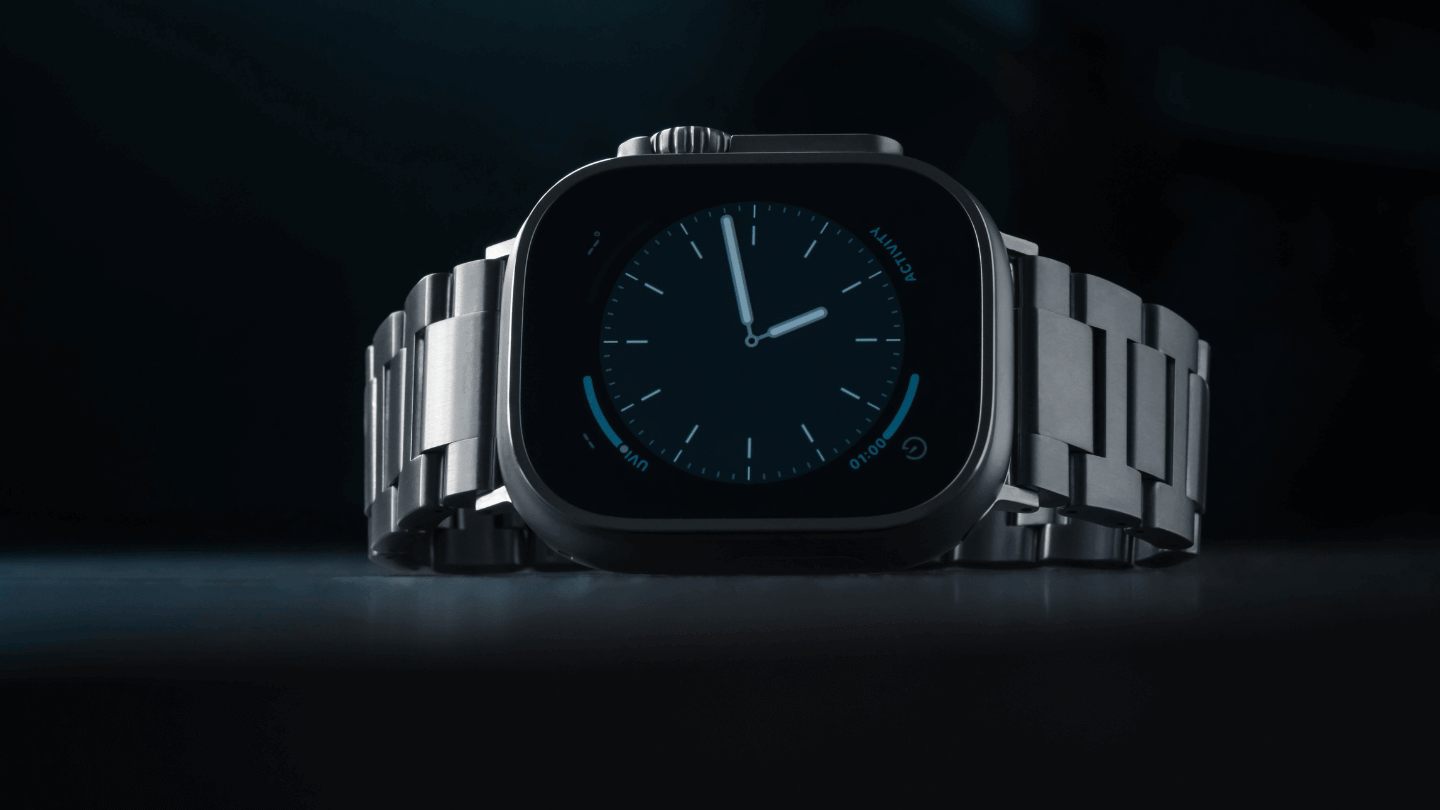Wide Lens, Ultra Wide vs Fisheye: Explained
Let's dive deeper into their differences.
As a new photographer or videographer the immense amount of lenses to choose from can be overwhelming. When it comes to comparing the wide, ultra wide, and fisheye it's hard to tell the difference. One key factor to pay attention to are the focal lengths which are measured in millimeters.
Wide lens, ultra wide and fisheye each have different focal length measurements that impact their field of view.

SANDMARC Fisheye Lens 10mm
What are focal lengths?
A focal length is the measurement between an optical distance and the point at which light interacts with your camera lens. The focal length tells us the angle of view, or how much of a view will be captured. If the focal length is a high number then that means the view will be narrow, and more magnified. If it is a smaller number, the view will be wider and less magnified.
A focal length range of 35mm or shorter is considered to be in the wide lens category. The diagram below depicts how much light is entering the lens depending on the millimeters, and the angle in degrees covered.
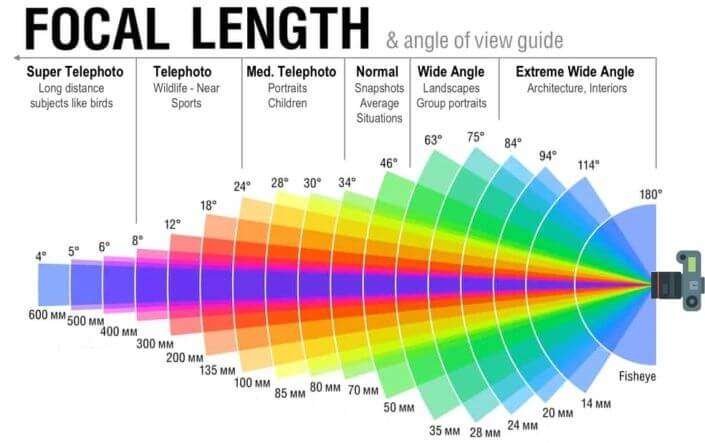
Sourced via Infocus Film School

What focal lengths are available for the iPhone camera?
Between the iPhone camera and SANDMARC lenses you are capable of having four pocket sized wide lenses to choose from .
The SANDMARC Fisheye Lens is 10mm, while the SANDMARC Wide Lens is 16mm. The iPhone has three wide lenses, yet four focal lengths: 13mm (0.5x ultrawide lens) 24mm (1x wide main lens) 48mm (2x main lens). The SANDMARC lenses enhance the iPhone lenses and when paired with the SANDMARC wide lens activates the iPhone's 48 megapixel sensor, while providing great low-light quality.

SANDMARC Fisheye Lens 10mm
Learn More
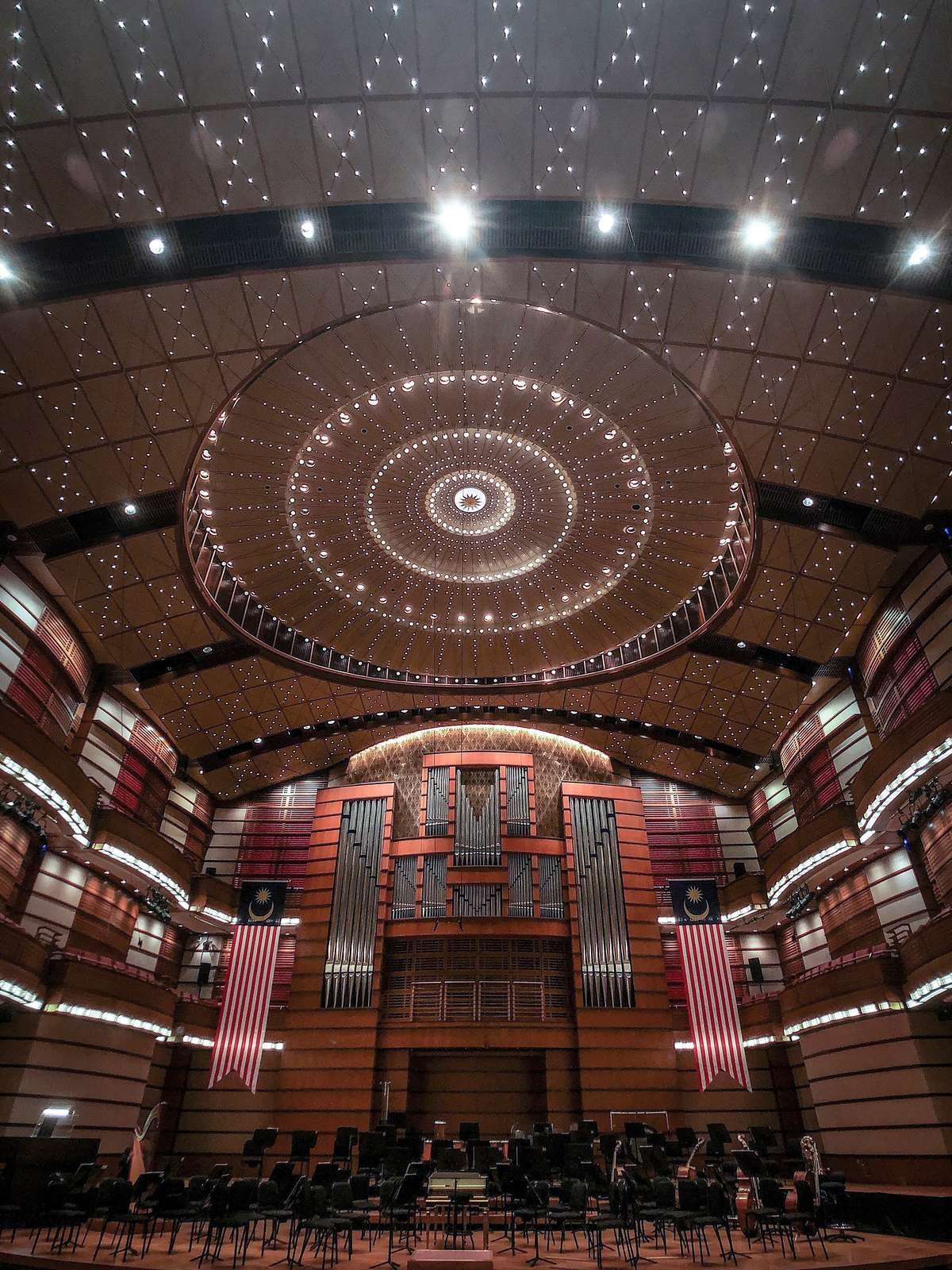
Should I be using a wide, ultra wide or fisheye lens?
Deciding between a wide, ultra wide or fisheye lens narrows down to your creative preference:
- The SANDMARC fisheye lens will provide a playful feel to each shot and give a distorted (circular) 180 degree look with the widest field of view.
- The built-in Ultrawide in the iPhone is also a distorted look but suffers in lowlight conditions. Since it comes with the iPhone, it is great for on-the-go shoots.
- The SANDMARC wide lens give no distortion and a realistic representation of the objects you capture. The Wide Lens is also best when shooting in low light and cinematography.
The field of view varies between each lens as well. With the wide lens your whole image will be flat from the focal point to the edge of the photo. While with the fisheye & ultra wide only the focal point will be flat and the edges will be warped.
For more guidance on which lens to choose, check out the following videos provided by the SANDMARC team.
The wide, ultra wide, and fisheye lens will broaden your viewer's perspective and allow them to see life from different angles. With expansive and 180 degree views your videos and photos will begin to tell stories that inspire.

